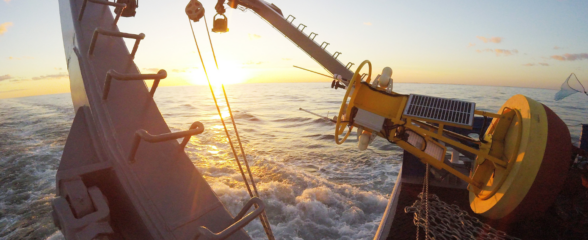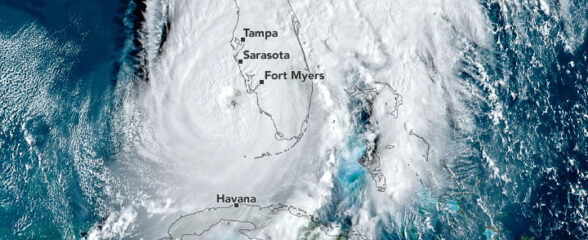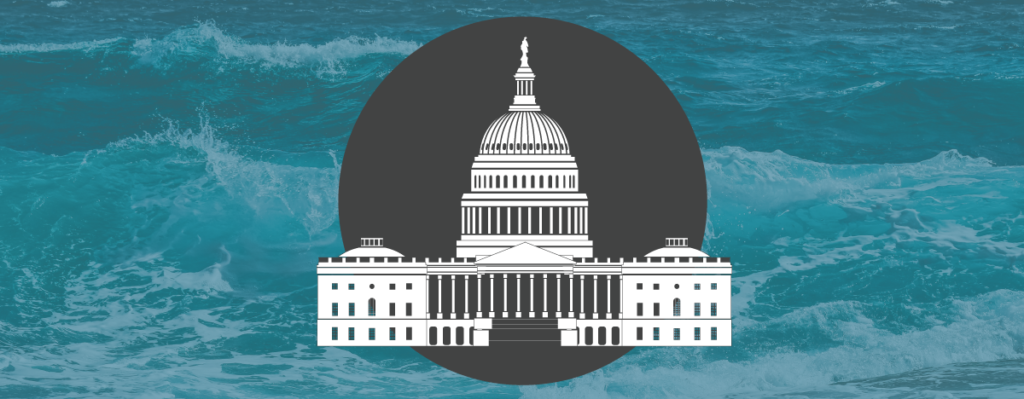On December 31, 2020, the President signed S. 914, the Coordinated Ocean Observations and Research Act of 2020, into law that reauthorizes the Integrated Ocean Observing System (IOOS).
“We are delighted by the broad support for IOOS and our mission of providing ocean, coastal and Great Lakes data and information to the many people who depend on it for their lives and livelihoods. IOOS will continue to meet the critical needs for data to aid forecasting extreme weather, safe navigation, healthy ecosystems and hazards. ” – Josie Quintell, Director of IOOS Association
IOOS is a coordinated federal-regional program to integrate and share existing data, fill critical gaps in ocean, coastal and Great Lake observations, and produce information that is accessible to a range of users from mariners to fishermen to emergency managers and scientists.
The Coordinated Ocean Observations and Research Act of 2020 foresees an increase in IOOS appropriations levels throughout the years: $46M in FY21; $50M in FY22; $52M in FY23; $54M in FY24, and $56M in FY25. The bill also has language that provides statutory authority and authorizes appropriations for NOAA’s National Water Center.
Reauthorization further strengthens the program and ensures continuation of the innovative partnership between Federal and non-Federal regional partners to collect, manage and deliver critical information about our coastal oceans and Great Lakes.
Related news

Funding Cuts to NOAA IOOS Will Hurt the Southeast
Proposed federal funding cuts would eliminate the IOOS Regional Observations budget for next year. Contrary to the budget Congress has already approved for this year, the Executive Branch wants these proposed cuts to go into effect in 2025.

SECOORA Webinar on the Rapid Intensification of Hurricane Ian: Warm Subsurface Water on the Wide Continental Shelf
Join us Thursday, April 24th at 12 PM ET for the April installment of the SECOORA Coastal Observing in Your Community Webinar Series! This month, we will hear from Dr. Yonggang Liu from the University of South Florida. He will discuss his research on the rapid intensification of Hurricane Ian in relation to anomalously warm subsurface water on the wide...

Webinar: SECOORA Data Portal Demo
Join us on Thursday, February 20, 2025 at 1:00 PM ET to learn more about the SECOORA Data Portal and how to navigate it. Axiom Data Science will be providing an overview of the portal, including how to search the Catalog and make a custom data view.
